Full Analysis of Machining Center Spindles: Types, Spindle Speeds, and Selection Guide
The core of efficient machining is the spindle, and choosing the right spindle is half the success.
In the field of CNC machining, machining centers serve as core equipment whose performance directly impacts product quality and production efficiency. The spindle, acting as the "heart" of these centers, requires careful selection based on its type and rotational speed characteristics. Different types of spindles exhibit significant differences in rotational speed, rigidity, and application scenarios, which directly influence machining outcomes and production costs.
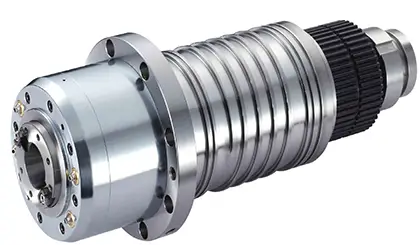
The core function of the machining center spindle
The spindle, the heart of a machining center, serves as its indispensable core component. This critical assembly drives tool movements through cutting motions, with its performance directly determining the machine's processing capabilities, precision, and efficiency. A spindle's design fundamentally dictates the machining center's operational range, cutting capacity, and surface finish quality.
The core function of a spindle is to enable tool cutting through rotational motion while maintaining precision and stability. Spindles with different transmission mechanisms each have distinct advantages, making them suitable for various machining scenarios. Properly understanding spindle characteristics and selecting the right one based on processing requirements is crucial for optimizing the machining process.
Main types and characteristics of machining center spindle
Processing center spindles are classified into four main types based on their transmission structures: belt-driven spindles, gear-driven spindles, direct-connected spindles, and electric spindles. Each type has its unique characteristics and specific applications.
1. Belt-type spindles
The belt type spindle is widely used, from small machining centers to large vertical machining centers and gantry machining centers. This spindle transmits the power of the motor to the spindle through the belt, with the characteristics of smooth transmission and simple structure.
Advantages: The belt type spindle speed generally does not exceed 8000 rpm, and the rigidity is relatively strong, which is very suitable for heavy cutting. In the case of overload slip, it can effectively protect the spindle and prevent the wear of the spindle caused by overload slip.
Disadvantages: the higher the speed, the louder the noise, the speed is limited. And the belt needs to be replaced regularly, the maintenance cost is high.
Application scenario: Belt-type spindle is widely used in large machining centers, especially suitable for heavy cutting occasions. For some large workpieces and heavy machining tasks, belt-type spindle is a good choice.
2. Direct-drive spindle
A direct-drive spindle refers to a servo motor that drives the spindle directly through a coupling, with a speed typically ranging from 12,000 to 18,000 r/min. This design reduces transmission stages and enhances efficiency.
Advantages: Direct-connected spindles are widely used in high-speed machining centers and drilling centers, typically achieving speeds up to 12,000 rpm. These spindles feature a torsional design with low energy consumption, offering enhanced stability. They are particularly advantageous for machining workpieces requiring high surface finish precision.
Disadvantages: The speed and cutting force are inversely proportional, the higher the speed, the smaller the cutting force, so the direct-connected spindle cutting force is not as good as the belt type spindle. The machining centers using the direct-connected spindle are basically used for small parts and products, not heavy cutting.
Application scenario: Suitable for high-speed machining center and drilling center, suitable for machining small parts and products, not heavy cutting.
3. Electric spindles
The electric spindle, representing the most advanced type of spindle compared to its predecessors, boasts exceptionally high rotational speeds – even achieving 50,000 RPM is no challenge. This innovative design, known as an internally integrated spindle, combines the servo motor with the spindle itself. Essentially, the spindle and motor are seamlessly integrated as one unit: the spindle functions as the motor, and the motor serves as the spindle.
Advantages: These systems achieve exceptionally high rotational speeds, typically ranging from 18,000 to 40,000 rpm. Electric spindles with advanced designs—such as those utilizing magnetic levitation bearings and air hydrostatics in international applications—can reach up to 100,000 rpm. The gas hydrostatic bearing system offers non-contact operation, zero wear, and exceptional longevity. High precision: The homogenization effect of gas hydrostatic bearings combined with a machining accuracy of 0.2μm delivers superior static and dynamic performance compared to ball bearing electric spindles.
Disadvantages: The higher the speed, the lower the cutting force. The electric spindle speed is indeed the fastest, but the cutting force is the smallest, which can only be used for milling. In foreign countries, the electric spindle is comprehensively ahead of China.
Application scenarios: For fields with fast dynamic response in machining, such as impeller and precision mold, electric spindle is required. It is suitable for high-precision machining fields with high surface quality and high gloss requirements.
4. Gear drive spindle
Gear transmission spindle is rarely used in machining centers at present, because gear transmission spindle slipping under overload will directly cause spindle wear, and it is difficult to repair and expensive to repair.
Advantages: suitable for heavy cutting occasions, accurate transmission ratio, strong power transmission ability.
Disadvantages: difficult to maintain, high cost, high noise, less application at present.
Application scenario: Suitable for heavy cutting occasions, but it is rarely used on machining centers at present.
Effect of spindle speed on machining
Spindle speed is one of the key parameters of machining center, which directly affects machining efficiency, machining quality and service life of machine tool.
1. Impact on processing efficiency
The spindle speed directly affects the machining efficiency. When the spindle speed is higher, it can increase the cutting speed, shorten the machining time, and improve the production efficiency. The high-speed spindle can greatly reduce the machining time, especially in the process of finishing and high-speed milling, the effect is more obvious.
But when the spindle speed is too high, it will aggravate tool damage, and also increase machine wear and noise. Therefore, a balance between efficiency and life needs to be found.
2. Impact on processing quality
The spindle speed also directly affects the machining quality. The appropriate spindle speed can ensure the machining quality and obtain high precision and smooth surface workpiece. When the spindle speed is too low, the machining surface will be rough and the size will be unstable.
Higher spindle speeds can make the cutting process more stable under appropriate conditions, reduce the impact of cutting force fluctuations on the workpiece, and thus improve the surface quality and dimensional accuracy. However, it may also cause excessive vibration of the spindle and tool, which may reduce the machining accuracy.
3. Influence on the service life of machine tools
The spindle speed also has a great impact on the life of the machine tool. When the spindle speed is too high, it will not only aggravate the wear of the tool and shorten the life of the tool, but also accelerate the wear of the machine tool and shorten the life of the machine tool.
Lower spindle speed is beneficial to improve stability: in some cases, it can reduce vibration and deformation, and guarantee the machining accuracy to some extent. However, it may reduce the cutting efficiency, and may not meet the requirements in some high-precision machining.
The relationship between spindle speed and cutting force
The speed and cutting force are inversely proportional to each other, basically the higher the speed, the smaller the cutting force. This law is clearly reflected in different types of spindles:
- Pulley spindle: the speed is generally not more than 8000 RPM, but the maximum cutting force
- Direct-drive spindle: up to 12,000 RPM, moderate cutting force
- Electric spindle: can reach tens of thousands of revolutions, but the minimum cutting force
This inverse relationship determines the application scenarios of different types of spindles. Heavy cutting requires large cutting forces, so belt-type spindles with low speed are used; precision machining requires high speed, so electric spindles or direct-connected spindles are used.
How to select the correct spindle for a machining center
There are many factors to consider when selecting the spindle of a machining center, including the material, the size of the workpiece, the type of tool, and the process.
1. Select based on material
The higher the hardness of the material, the lower the spindle speed during machining. The more viscous the material, the higher the spindle speed during machining. For example:
- Hard materials (e.g. mold steel): lower speeds are required to ensure cutting forces and tool life
- Soft material (such as aluminum alloy): can be used at higher speed, improve processing efficiency
2. Selection according to tool diameter
The larger the tool diameter, the lower the spindle speed. Large diameter tools generate greater centrifugal force during high-speed rotation, requiring speed reduction for safety. Additionally, when the cutting line speed remains constant, the spindle speed must be correspondingly reduced for large diameter tools.
3. Select based on processing type
Different machining tasks require different spindle characteristics:
Coarse machining: A relatively low rotational speed is usually selected to ensure sufficient cutting force and tool durability. Belt drive spindles and gear drive spindles are suitable for heavy cutting applications.
Finishing: Generally requires higher speed to achieve better surface quality and precision. Suitable for use with straight-connected spindles and electric spindles.
4. Selection according to spindle power
When the spindle speed is reduced, the output power of the motor is also reduced. If the output power is low to a certain extent, it will affect the processing. Therefore, when determining the spindle speed, attention should be paid to ensure that the spindle motor has a certain output power.
Axis selection for special application scenarios
1. Heavy cutting
For heavy cutting, the suitable transmission structure of the spindle is belt drive spindle and gear drive spindle. Especially for belt drive spindle, it can effectively protect the spindle from overload slip wear under the condition of overload slip.
2. High precision machining
For high precision machining, such as precision molds, impellers and other complex parts, the electric spindle has obvious advantages. The electric spindle can provide higher speed and dynamic response performance to meet the needs of high precision machining.
3. High speed drilling
CNC drill center has a high spindle speed, starting from the initial 12000rpm of the drill center spindle speed, the mainstream market speed is more than 20000rpm, some even reach 25000~30000rpm. High speed determines the drilling speed of the drill center.
4. Machining of large box-type parts
Processing parts of the housing type generally uses horizontal machining centers, large vertical machining centers and gantry machining centers. This type of machining usually requires heavy cutting capacity, so belt-type spindle is often used.
Common mistakes in spindle selection
Myth 1: The higher the speed, the better
High rotation speed can improve efficiency, but not the higher the better. Too high rotation speed will lead to reduced cutting force, increased tool wear, and even affect the quality of machining. It is necessary to choose an appropriate rotation speed range according to specific processing requirements.
Myth 2: Neglecting spindle rigidity
Speed and rigidity are usually a pair of contradictions. High speed spindle is often less rigid, not suitable for heavy cutting; while high rigidity spindle is often low speed. It needs to be balanced according to processing requirements.
Myth 3: Neglecting maintenance costs
Although the electric spindle has high speed and good precision, the maintenance cost is relatively high. Ordinary machining plants may be more suitable for choosing the spindle type with simple structure and easy maintenance.
Trends in spindle technology
With the development of CNC technology, combination, high speed, intelligent, precision, environmental protection has become the main trend of the machine tool industry technology development. The development trend of electric spindle technology mainly includes the following aspects:
High speed: with the rapid development of automobile, aviation, aerospace and other industries and the application of new materials such as aluminum alloy, the demand for high-speed processing is becoming higher and higher.
High precision: the requirements of CNC machine tools are no longer limited to static geometric accuracy, machine tool motion accuracy, thermal deformation and vibration monitoring and compensation have been paid more and more attention.
Functional integration: The meaning of composite machine tool refers to the realization or completion of multiple elements from blank to finished product on one machine tool.
Intelligent control: With the development of artificial intelligence technology, in order to meet the development needs of manufacturing flexibility and automation, the intelligent degree of CNC machine tools is constantly improving.
epilogue
Selecting the right spindle for a machining center requires careful evaluation of specific operational needs, budget constraints, and production environment. Belt-driven spindles excel in heavy cutting operations, while direct-drive spindles strike a balance between rotational speed and rigidity. Electric spindles are particularly suited for high-precision, high-speed machining processes. A thorough understanding of each type's characteristics and application scenarios enables manufacturers to optimize workflows, enhance production efficiency, and ensure superior product quality.
With the continuous progress of technology, spindle technology is also developing towards high speed, high precision, intelligent and composite. Manufacturing enterprises should pay close attention to the latest development of spindle technology, choose the most suitable spindle scheme according to their own needs, and enhance market competitiveness.



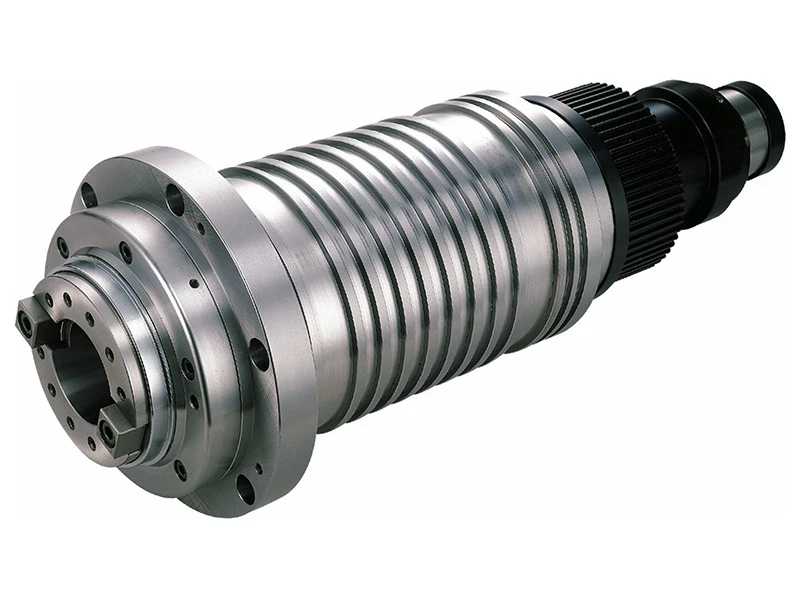
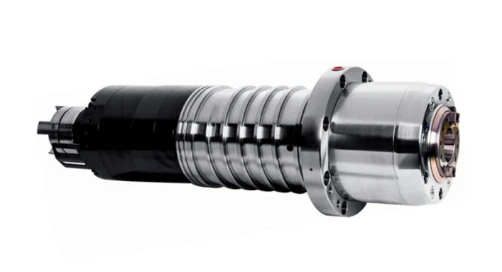
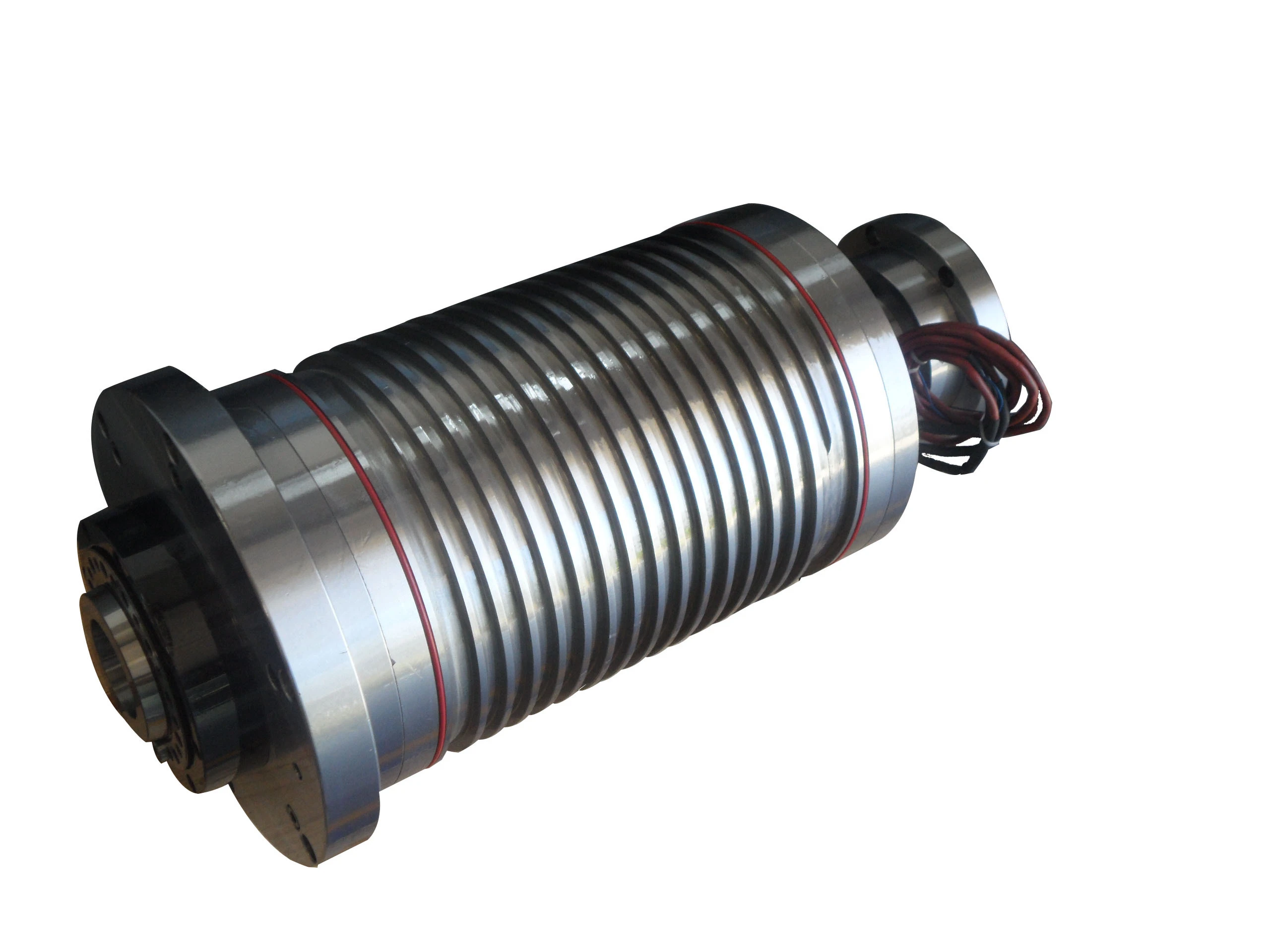

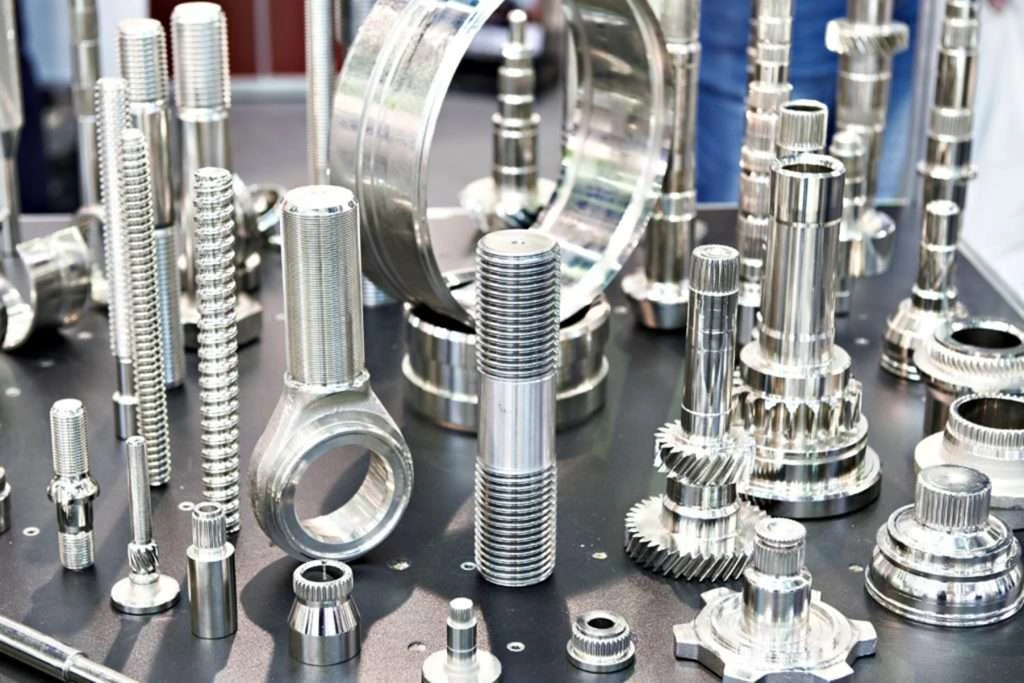
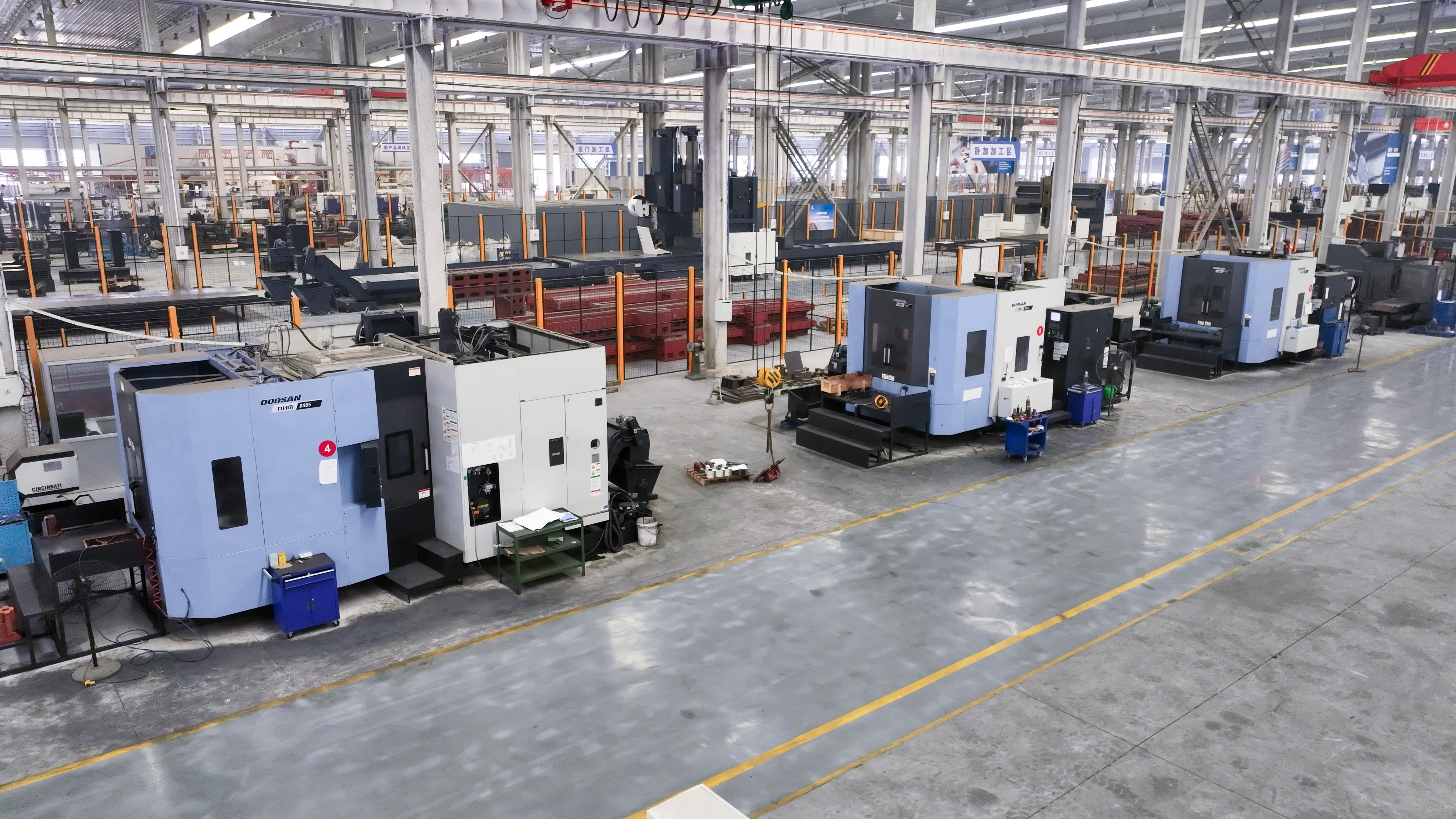
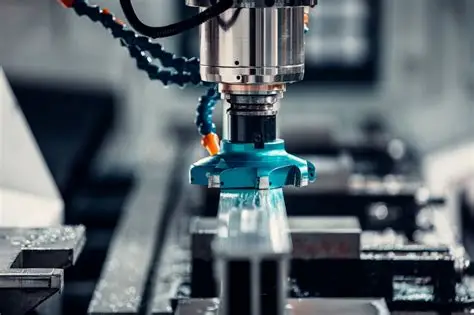
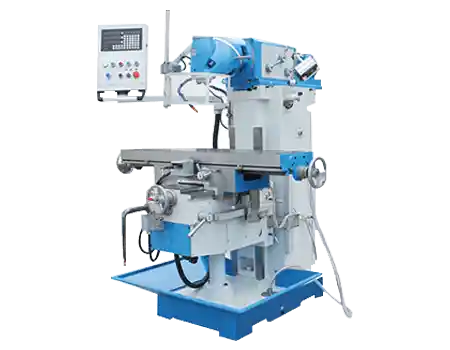
 Email
Email sales1: +86 13295238763
sales1: +86 13295238763

